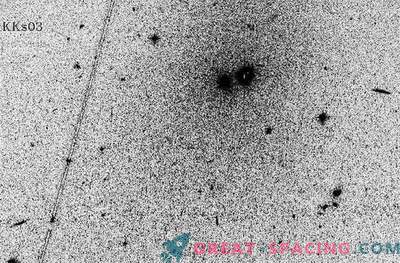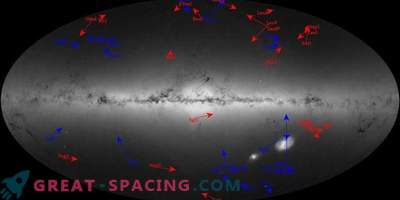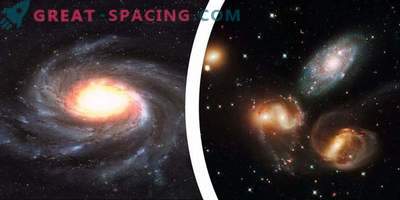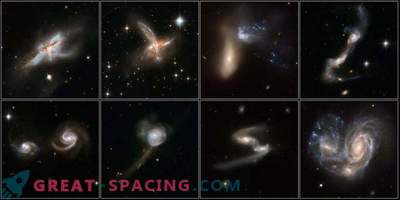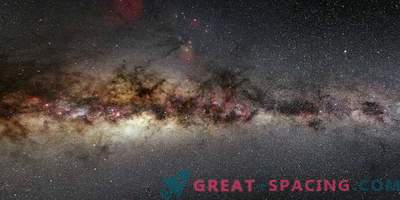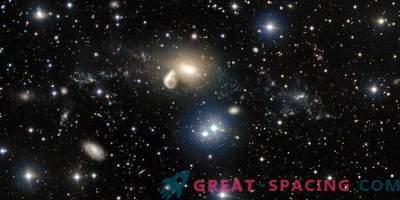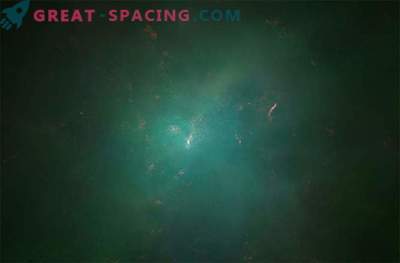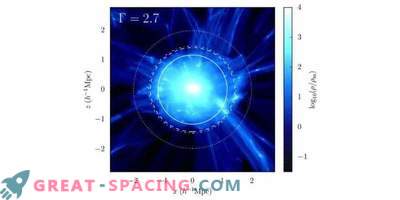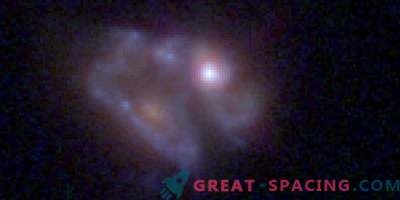
The elliptical galaxy Centaurus A. lives at a distance of 13 million light years. Dwarf satellite galaxies are concentrated around it, rotating on a narrow disk, which does not fit into cosmological models.
An international team of scientists revealed something unusual. At a distance of 13 million light-years, there is a massive elliptical galaxy, accompanied by a series of dwarf satellite galaxies orbiting around it on a narrow disk. For the first time, such a galactic organization was seen outside the Local Group.
The importance of observation is that it makes one doubt the validity of some cosmological models and simulations. In the case of the cold dark matter, the lambdas of smaller stellar systems should randomly scatter around anchor galaxies and move in all directions. But Centaurus A is the third sealed example following the Milky Way and Andromeda, where dwarf satellites revolve around the central galactic mass.
The difficulty of studying the motions of dwarf satellites is that they vary depending on the target galactic group. But everything is much simpler with the Milky Way. You get the right movement, take a picture, wait 3 years and repeat the shooting procedure to fix the displacement of the stars. So scientists get tangential speed. Using this technique, the researchers carried out measurements for 11 satellite galaxies of the Milky Way, 8 of which rotate in a dense disk, whose plane is perpendicular to the spiral galaxy.
In earlier studies, we noticed about the fixation of 27 dwarf galaxies, where 15 were in a narrow plane. Andromeda gives an important advantage. Researchers are not only looking at galaxies at close range, but also studying flight speed in order to understand which galaxies are approaching and which ones are moving away. It helps to clearly represent the rotating disk.
Centaurus A is farther away, and dwarf satellites are weak, making it difficult to measure distances and speeds to determine movements and distribution. But in the archives preserved data on 16 dwarf objects.
The analysis showed that 14 of the 16 satellites of Centaurus A follow the general pattern of motion and rotate along the plane around the main galaxy, which contradicts the often used space models and simulations. This suggests that we are missing something. Models may not have an important component or they are initially erroneous.

